
AeroGenie — あなたのインテリジェントな副操縦士。
現在のトレンド
Categories
The Importance of Human Factors in Design
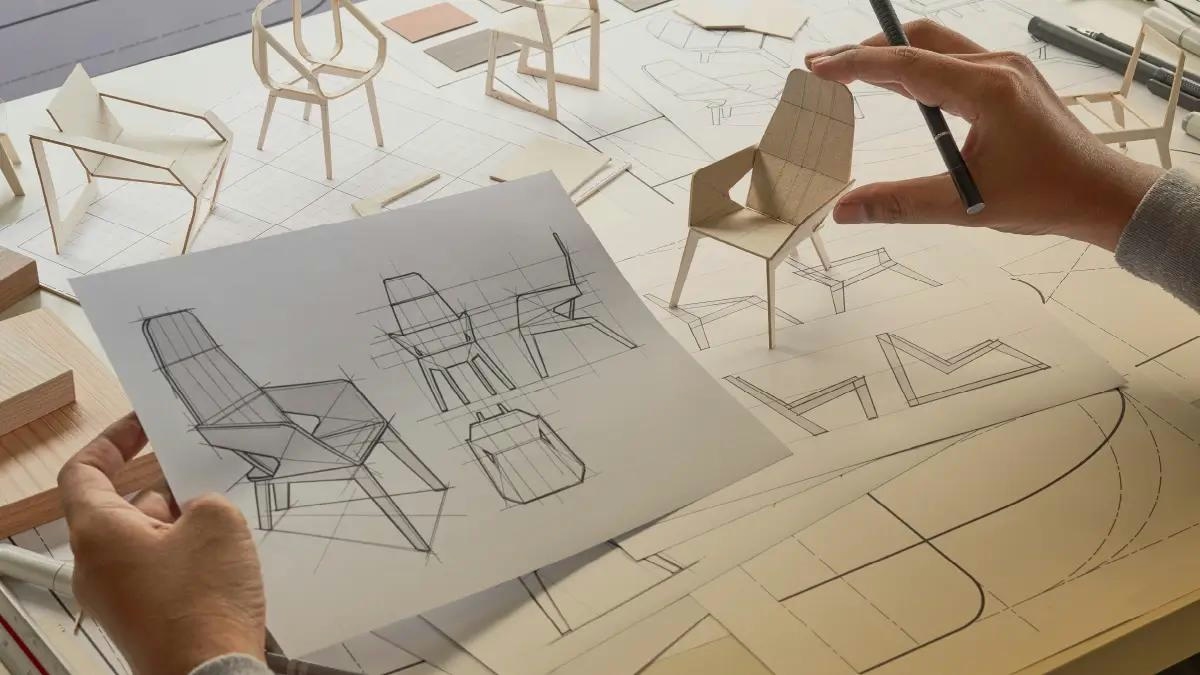
The Importance of Human Factors in Design
A Critical Incident in Aviation
A recent emergency involving a Lancair IV-P aircraft underscores the vital role of human factors in design, particularly in aviation where rapid decision-making can be a matter of life and death. The pilot, returning from his vacation home in New Mexico to his base near Tampa, Florida, faced a series of challenges that highlight the complex interplay between design, technology, and human judgment.
After a routine refueling stop at Coulter Field Airport in Bryan, Texas, the flight proceeded smoothly at 11,500 feet near Perry, Florida, late one November afternoon. However, a malfunction in the pressurization system introduced an unexpected complication. The pilot heard an unusual noise near the pressure control unit and cycled the system to silence it, inadvertently disabling cabin pressurization. Although this was not immediately critical at that altitude, it added a significant distraction during the flight.
Approximately 40 minutes from his destination, the pilot encountered a solid cloud ceiling below him. In an effort to find a safe descent path, he deviated from his planned route. Spotting a narrow, rapidly approaching gap in the clouds, he disengaged the autopilot, reduced throttle nearly to idle, and executed a steep descent through the opening. Upon leveling off at 2,000 feet, he attempted to increase engine power, but the engine remained unresponsive. Despite cycling the throttle, switching fuel tanks, and enriching the mixture, the engine failed to respond, forcing the pilot to shift focus from troubleshooting to preparing for an emergency landing.
Initially targeting a narrow dirt road, the pilot realized his speed was too great to land safely there and instead aimed for a nearby grove of young pine trees. He deployed full flaps, shut off the mixture, feathered the propeller, and slowed the aircraft as much as possible before landing among the trees. The aircraft came to rest inverted and heavily damaged, but the pilot escaped with only minor injuries, exiting through a broken window and signaling for help on the adjacent road.
Design, Decision-Making, and Human Factors
This incident highlights the critical importance of pilot training and decision-making under pressure, but it also draws attention to how design elements—such as system interfaces and emergency procedures—can significantly influence outcomes in crisis situations. Human factors in design must anticipate real-world conditions where distractions, system failures, and environmental pressures converge, ensuring that users can respond effectively even under duress.
The principles demonstrated in this aviation case extend well beyond the cockpit. In an era marked by rapid technological advancement, economic uncertainty, and evolving regulatory environments, industries across the board must prioritize human factors in their design processes. Challenges such as supply chain disruptions, geopolitical tensions, and shifting consumer expectations demand that designers and manufacturers create products and systems that are not only technologically advanced but also intuitive and resilient in the face of unforeseen complications.
Market dynamics often depend on consumer confidence and the ability to adapt to new technologies, while regulatory changes and trade policies can necessitate swift modifications in product design and strategy. Competitors respond by innovating—integrating cutting-edge technologies, expanding into new markets, and refining products to meet both regulatory requirements and user needs.
Ultimately, the integration of human factors into design transcends considerations of safety and compliance. It represents a strategic imperative in a complex and rapidly evolving global landscape. The lessons drawn from this aviation incident resonate broadly, reminding us that at the core of every system is a human operator who must navigate challenges, often under pressure and against the odds.

STV Forms Engineering Partnership to Advance Modern Aviation
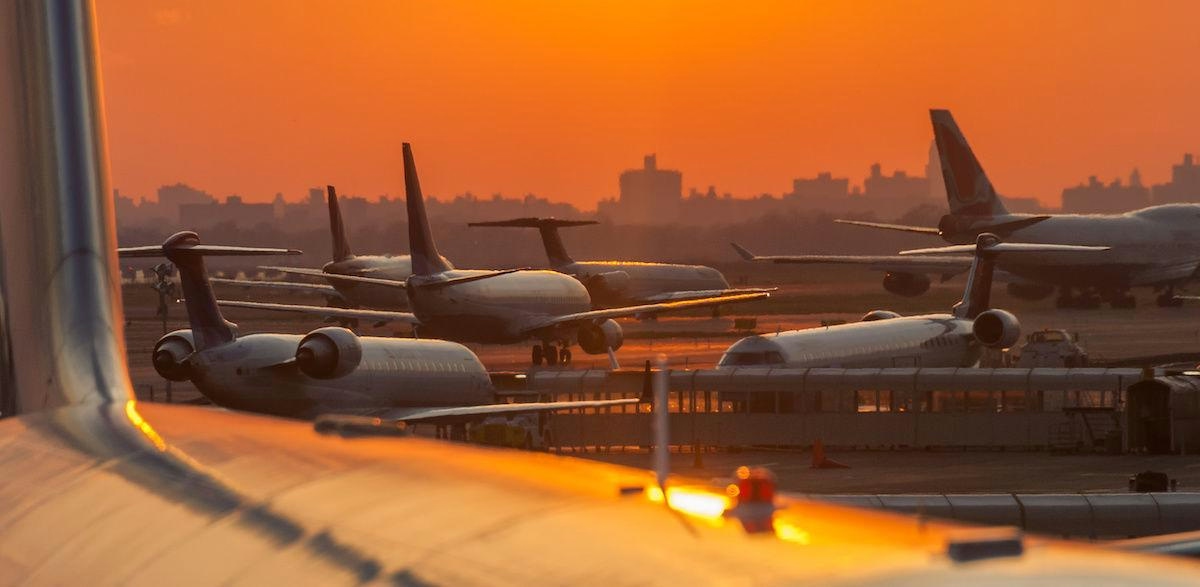
Sabre Introduces AI Chat Solution for Airlines
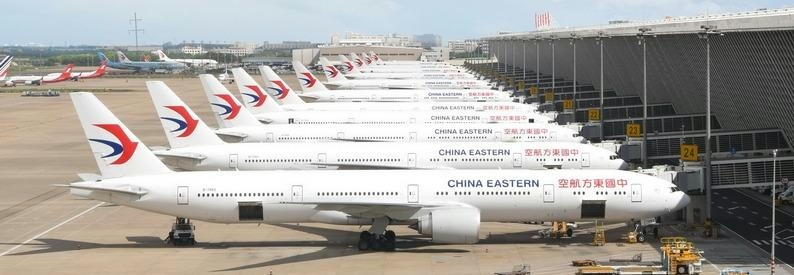
China Eastern Airlines to Pay $96 Million for STARCO Buyout
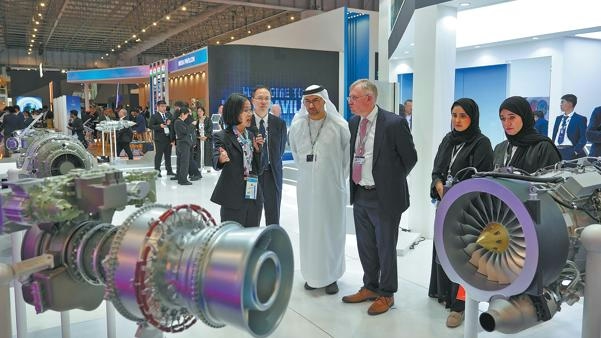
Chinese Innovations Take Center Stage at Dubai Air Show
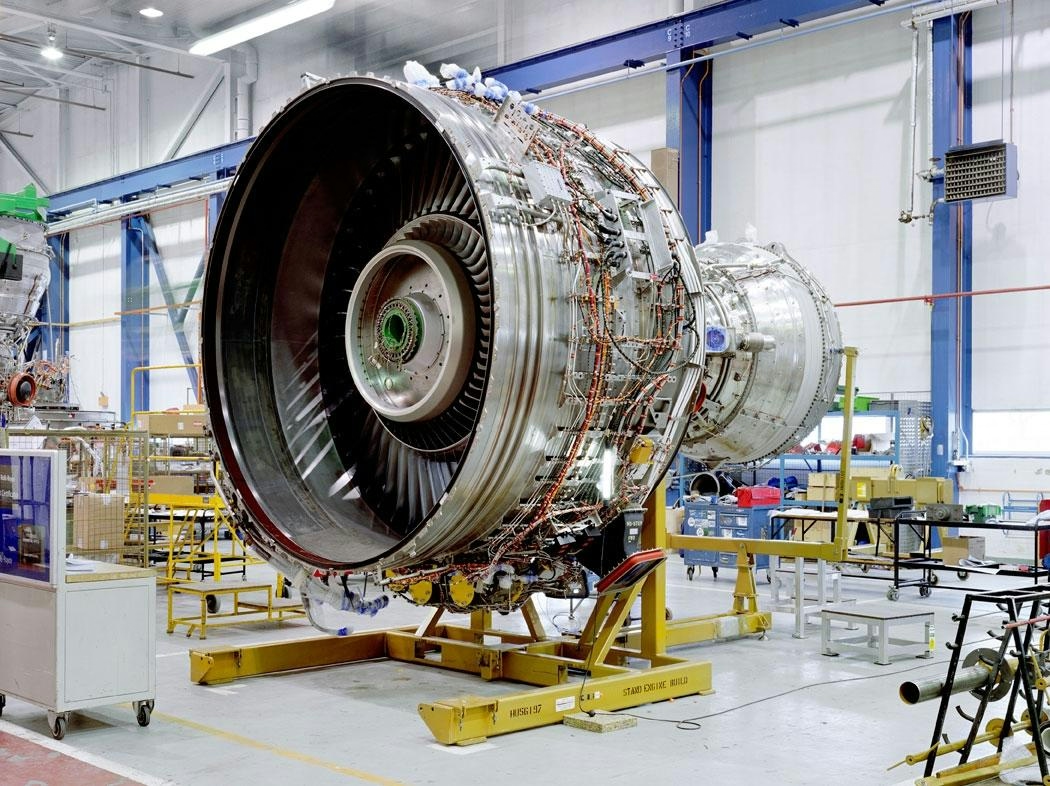
Emirates to Handle Part of Trent 900 Engine Maintenance In-House
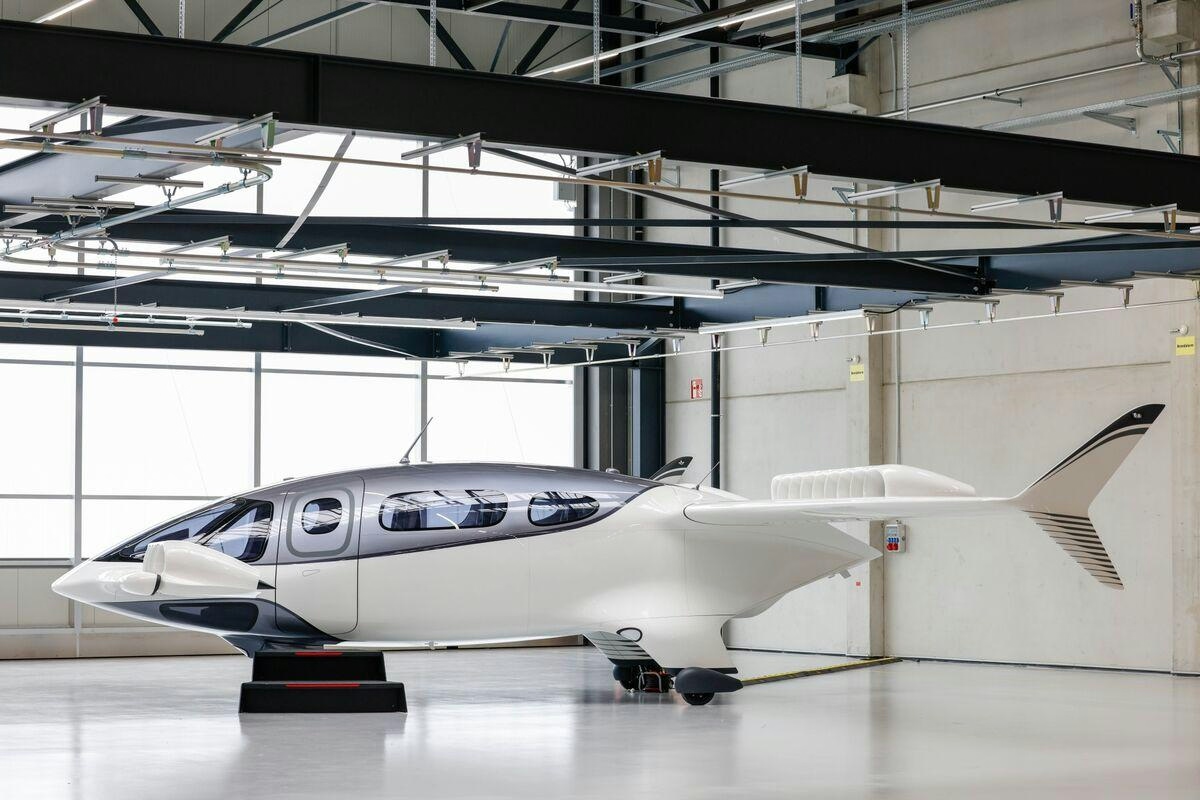
Saudi Arabia Plans Electric Air Taxis for Tourism by 2026
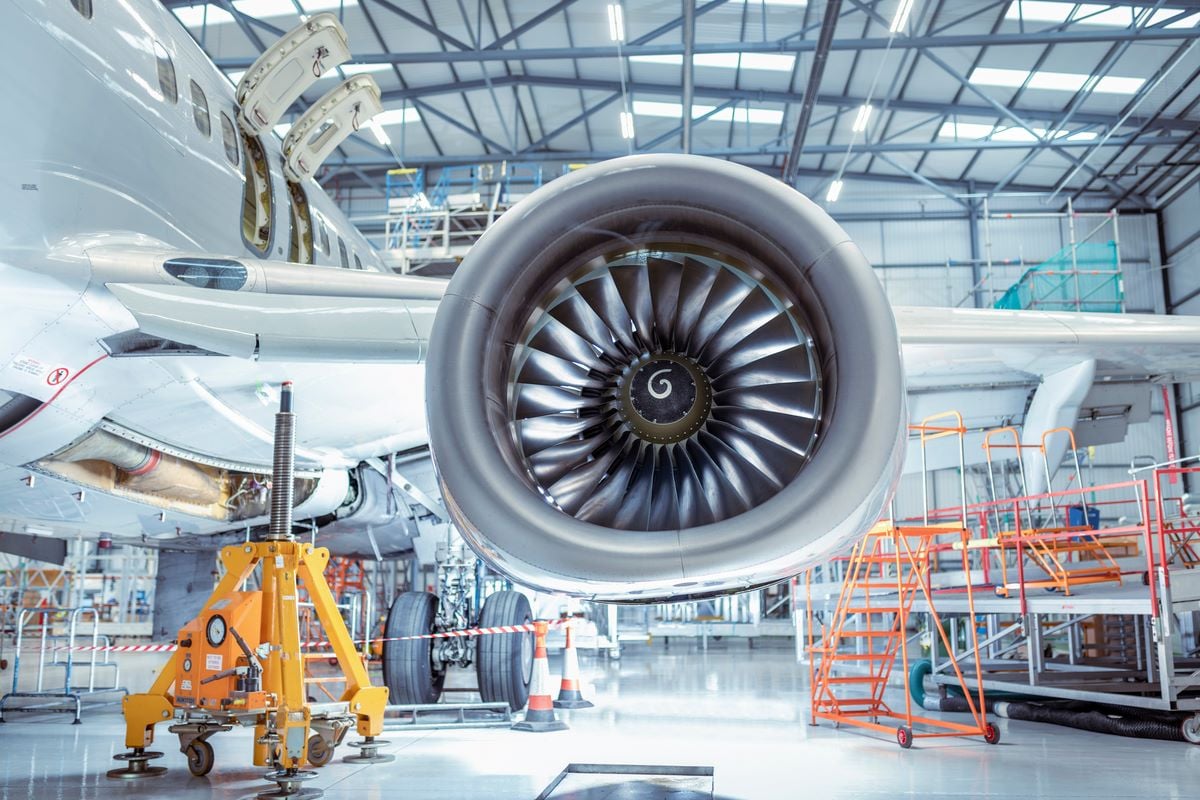
Challenges in the Aviation Supply Chain

Principal Aviation Acquires Alpha Aircraft Services
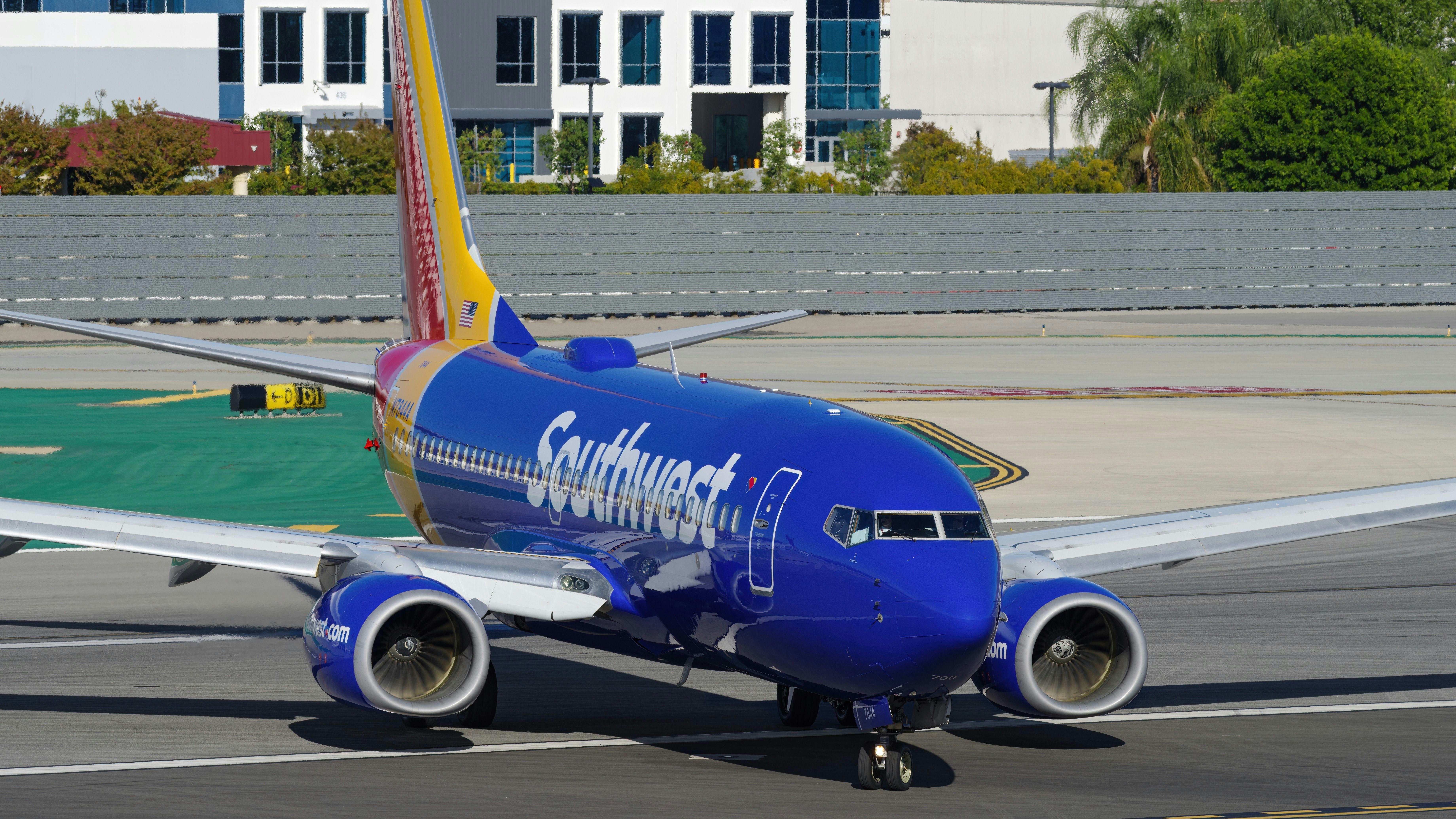
Flight to Salt Lake City Diverted to Los Angeles After Engine Failure
